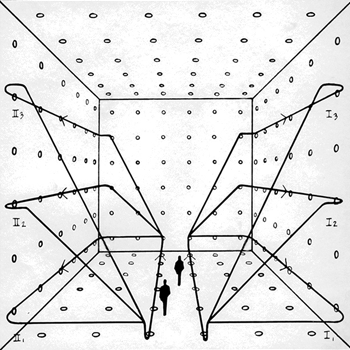Question #db8e2
1 Answer
Jul 10, 2016
For increasing you have to find out where the first derivative is positive, for decreasing where first derivative is negative
Explanation:
Let's calculate the first derivative of the function
Now, regardless of the value of
- If
#(-x-1)>0# , the first derivative is positive and the function is increasing. Thus, if#-1>x# the function is increasing - Conversely, if
#(-x-1)<0# , the first derivative is negative and the function is decreasing. Thus, if#-1 < x# the function is decreasing

